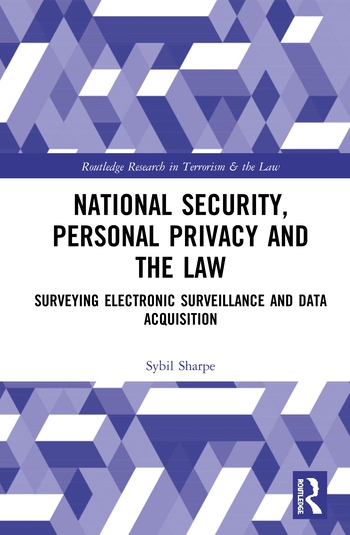On June 17, 2015, a 21-year-old white supremacist named Dylann Roof shot and killed nine members of the Charleston, S.C., Mother Emanuel African Methodist Episcopal (AME) Church, following a prayer service. The event not only shocked the community and the nation, but it galvanized the 200-year-old historic church and many other AME churches and buildings around the area to re-evaluate security technologies and procedures that might help protect against future incidents or copycat attempts.
A local security integrator, Charleston Security Systems, had for many years been cultivating relationships with local law enforcement, even encouraging both its residential and commercial customers to consider facing one of their security cameras towards the street to help the police solve crimes. Within 24 hours of the shooting, they received a call from Emanuel Church, on the recommendation of the police, said Dean Rommes, owner of Charleston Security Systems.
As it turned out, the church had eight video cameras that they had installed themselves. “Only two worked,” Rommes said. “But it just so happened to be the two they needed for the footage. They were very lucky in that sense.” The old DVR was taken for evidence, leaving the church without a working video system. At the same time, media was everywhere, and president Obama was expected to visit within a few days.
Charles Williams, senior trustee, at Mother Emanuel wanted to get new cameras and other security in place as soon as possible. “We already knew they needed everything updated,” Rommes said. Williams was keen to upgrade security to help protect against a future disaster, he said.
In fact, the church was in dire need of a high-resolution, reliable security camera system, an access control system and an upgraded, modern security system. Panic buttons were also suggested as a new safety measure.
The security camera system Charleston Security installed consisted of Speco Technologies’ products, which the security integrator had been installing for many years around the community. The access control and alarm systems came from Honeywell.
Once the system design was set, there was a series of rather unique challenges for the integration company.
The timeframe was the first hurdle. With the president’s visit top of mind, it was important to the Secret Service that the security system be installed and operational prior to his arrival. “We had three days before the president showed up,” Rommes recalled. “We started calling all our clients. It was summertime and we were very busy. But all our clients were very understanding and we rescheduled those projects so I could pull my guys off those jobs. The community pulled together.”
Another challenge to the integrator was the chaotic environment of an active crime scene and a high-profile tragic event that garnered a lot of media coverage.
Not only that, but work would frequently have to be stopped whenever the installation team came across crime evidence such as a bullet hole that needed to be investigated.
The third challenge was more familiar ground to the integration company, which had worked with many churches before. As with most structures in historic downtown Charleston, the church’s structure wasn’t overly conducive to retrofitting security camera systems or any other system that need to be built into the structure.
“In the front of the church we didn’t want to put conduit up the walls. We didn’t want to drill through and put up cameras you could easily see. Around the doors was black trim and we drilled through that and put black cameras on black trim. It was a very beautiful old, historic church and we wanted to get things done, but done right,” Rommes said.
With the “all hands on deck” approach and the cooperation of the church, community, police and the Secret Service, the initial stages of the project, including 22 cameras, an alarm system and panic buttons, were completed within the three-day timeframe.
“We went through and updated all the cameras, put big monitors up so they could view them from the office, Rommes said. “Then where the shootings happened on the main floor of the church, we put a big monitor there, too so they can see all around and even inside the church if anyone is coming to door.
“We used Honeywell access control because that is what we use and what we have always used,” Rommes described.
Since the initial installation, Charleston Security has continued to work with Mother Emanuel Church, putting security technology in three buildings and even the bank next door, as well as numerous other churches and synagogues in the area.
“After the initial push we put an Aiphone intercom system in,” Rommes explained. “We have added a lot of cameras since then and more panic buttons. What happened is Mother Emanuel became the model church for all the other AME churches. We were the go-to company after that because after everyone started seeing what we did at Mother Emanuel they started calling us.”
Sadly both Mother Emanuel and several other religious institutions Charleston Security has worked with have had ongoing issues with threatening calls and other incidents, Rommes added. Not only have some of the other AME churches in the area found bullet holes in their structures from late-night drive-by violent deeds, but Mother Emanuel is still a target of the white supremacist’s followers.
“They still have problems with people calling the church and telling them they will finish what [Dylann Roof] started,” Rommes said. “Just a couple of months ago someone came up and rang the intercom and someone from the church came out to talk to him. He started saying he was in jail with Dylann Roof and talking crazy. They hit the panic button and officers came and took him. It is really sad that they still have to worry
about everything.”
But at least now, they are able to see and hear potential problems and quickly summon the local police with the push of a button. — By Karyn Hodgson, SDM Senior Editor









